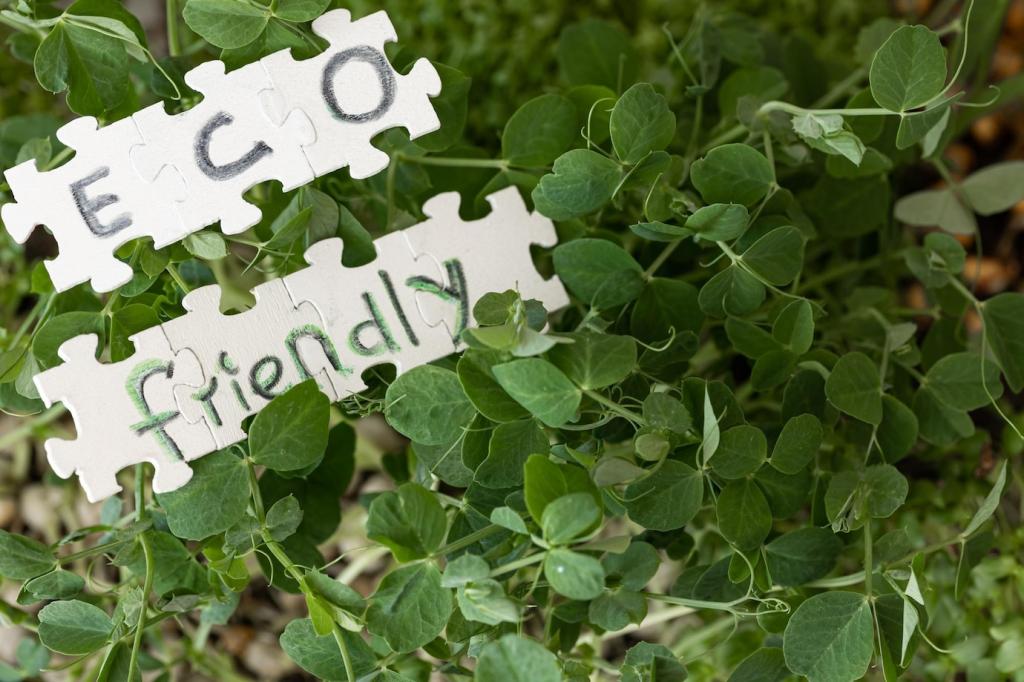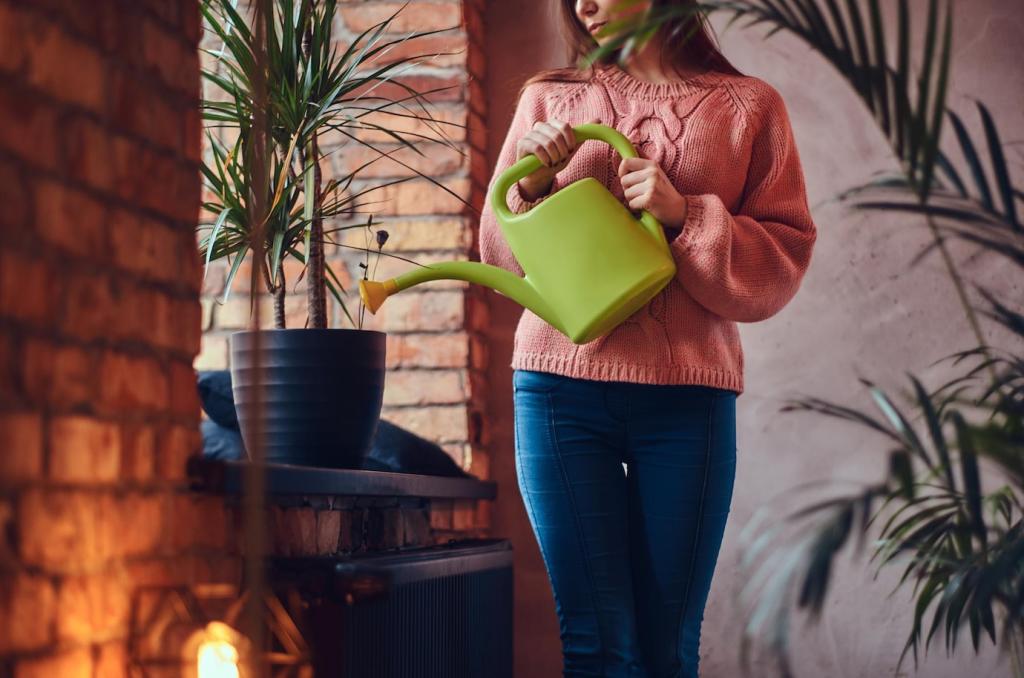
Natural Wood Polish and Preservation: Revive and Protect What You Love
Chosen theme: Natural Wood Polish and Preservation. Welcome to a warm, hands-on space where time-tested ingredients meet thoughtful care. Learn how beeswax, plant oils, and gentle habits can keep your furniture glowing for generations—then subscribe to get fresh tips straight to your inbox.
Why Natural Finishes Matter
Natural polishes typically carry fewer harsh solvents and lower odors, making them friendlier for homes with kids, pets, and sensitive lungs. A hand-rubbed, waxed surface feels warm and alive, encouraging gentle use and regular care rather than quick, harsh cleaning.
Why Natural Finishes Matter
Common natural ingredients include beeswax, carnauba wax, tung oil, raw or polymerized linseed, and shellac resin. If you prefer plant or animal origins only, skip petroleum mineral oils and choose drying oils like tung or walnut, which harden and protect through polymerization.
Make Your Own Beeswax-Blend Polish
For a balanced paste, combine three parts beeswax, one part carnauba for hardness, and eight to ten parts pure tung oil. For easier spreading, add a splash of citrus solvent. Adjust oil up for softness, down for firmness, and always note your recipe for future batches.
Use a double boiler—never direct heat. Melt wax gently, then stir in warmed oil until silky. Let the mixture cool slightly before adding citrus solvent to preserve aroma. Pour into clean tins, label with date and ratios, and let set overnight for a consistent texture.
Apply a whisper-thin coat with a soft cloth along the grain, let it set, then buff until the surface feels dry and glassy. Pure tung oil needs days to cure between applications, so be patient. Share your first results with us and ask questions if anything feels sticky.

Preservation Essentials: Light, Moisture, Use
Wood swells and shrinks with moisture. Aim for 35–55% indoor relative humidity and avoid sudden changes. Use coasters, lift rather than drag pieces on floors, and leave a slight gap from heat vents so joinery and finishes stay calm through the seasons.
Preservation Essentials: Light, Moisture, Use
UV can wash walnut gray and deepen cherry too quickly. Rotate table runners and decor to keep tones even, draw shades during strong afternoon sun, and refresh wax periodically. Natural finishes offer limited UV resistance, so habits—not harsh coatings—do the real protecting.


Stories From the Workshop
Granddad’s maple table
A water-ringed maple table arrived dull but sound. After a gentle wash, we fed it three whisper-thin coats of tung oil and finished with a beeswax-carnauba polish. The glow echoed Sunday dinners gone by. Tell us about your heirloom, and we’ll help map a respectful plan.
The oily rag lesson
A reader shared a close call: oily rags bunched in a bag began to heat dangerously. Always lay oily cloths flat to dry outdoors, or submerge in water inside a sealed metal can. Safety keeps your preservation journey long, calm, and inspiring—share this tip forward.
Reader spotlight: cedar chest rescue
A cedar hope chest, dry and pale, revived beautifully with a citrus wipe and a light beeswax rub. The aroma returned; the grain lifted like a memory. Share your before-and-after photos, and subscribe for our monthly community roundup featuring practical, heartwarming transformations.
Advanced Natural Techniques
Using a pad charged with dewaxed shellac and a drop of oil, you build micro-thin layers that level and gleam. It’s slow but mesmerizing, ideal for small tables or instruments. If you try it, post your progress and we’ll help troubleshoot swirl marks or dull spots.
Advanced Natural Techniques
After a light wax coat cures, burnish with soft cotton, wood shavings, or brown kraft paper. The friction aligns wax molecules and tightens the sheen without plastics. It’s easy, quiet, and wonderfully satisfying—perfect for a Sunday ritual with tea and good music.


Sourcing and Sustainability
Look for beeswax from local beekeepers, carnauba grades sourced ethically, and tung oil with transparent origins. When buying new wood, prefer FSC-certified stock. Your polish can honor ecosystems and craftspeople while honoring the furniture that anchors your everyday life.

Sourcing and Sustainability
Terms like “polymerized” or “stand oil” indicate pre-oxidized linseed that dries faster. Check VOC disclosures and avoid heavy petroleum solvents if sensitive. Citrus-based solvents smell brighter but still need ventilation. Ask us about any label—drop a photo and we’ll decode it together.



